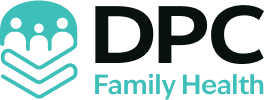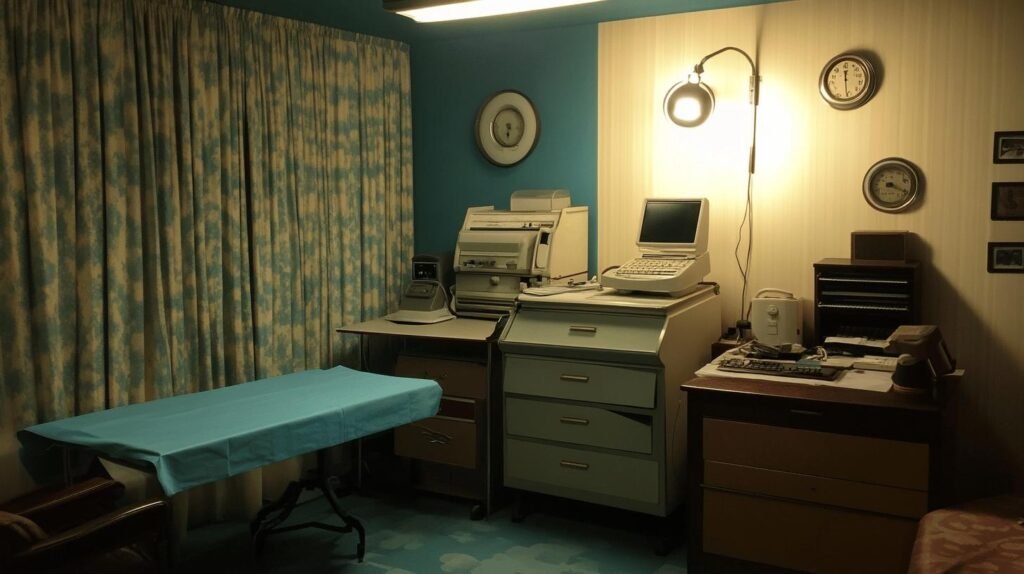TL;DR:
- Chemotherapy began in the early 20th century, linked to World War I mustard gas.
- Dr. Sidney Farber pioneered chemotherapy in 1948 with aminopterin for leukemia.
- The first cancer treatment with nitrogen mustard happened in 1942.
- Key drugs: Mustard Gas, Nitrogen Mustard, Aminopterin, Methotrexate, Cisplatin.
- Chemotherapy improved survival rates and was combined with other treatments for effectiveness.
- Major side effects include nausea, fatigue, and hair loss; long-term issues can arise.
- Direct Primary Care (DPC) enhances post-chemotherapy support with personalized, cost-effective care.
- DPC promotes emotional well-being while navigating treatment.
The question is: when did chemotherapy for cancer start? When you think of World War I, mustard gas might not scream “cancer treatment,” right? Yet, that’s where the twisting path of chemotherapy began. The story of chemotherapy’s birth is both fascinating and unexpected—starting from chemical warfare to saving lives. In the early 20th century, researchers stumbled upon a remarkable discovery: once a weapon called nitrogen mustard could shrink cancer tumors. Fast forward to 1948, and Dr. Sidney Farber laid the cornerstone of modern chemotherapy with aminopterin, forever changing the scene for cancer care. Ready to trace these intriguing origins? Let’s explore how it all started.
The Origins of Chemotherapy
When did chemotherapy for cancer start? It began in the early 20th century, shifting from battlefields to labs. Chemotherapy’s roots trace back to World War I when mustard gas, originally a weapon, was found to affect rapidly dividing cells. By the 1940s, researchers discovered nitrogen mustard could shrink lymphoma tumors. This marked the first step in chemotherapy treatments.
Who invented chemotherapy? Though there’s no single inventor, Dr. Sidney Farber was instrumental. In 1948, he used aminopterin, a growth inhibitor, to induce remission in children with acute lymphoblastic leukemia. His work laid the foundation for modern chemotherapy.
Here’s a quick rundown of the early chemical agents that paved the way for chemotherapy:
- Mustard Gas
- Nitrogen Mustard
- Aminopterin
- Methotrexate
German scientist Paul Ehrlich had earlier explored the concept. He suggested chemicals could target germs without harming the body. While not directly linked to cancer, his ideas influenced later cancer research. This shift from harmful agents to lifesaving drugs shows the power of scientific exploration.
The First Use of Chemotherapy in Cancer Treatment
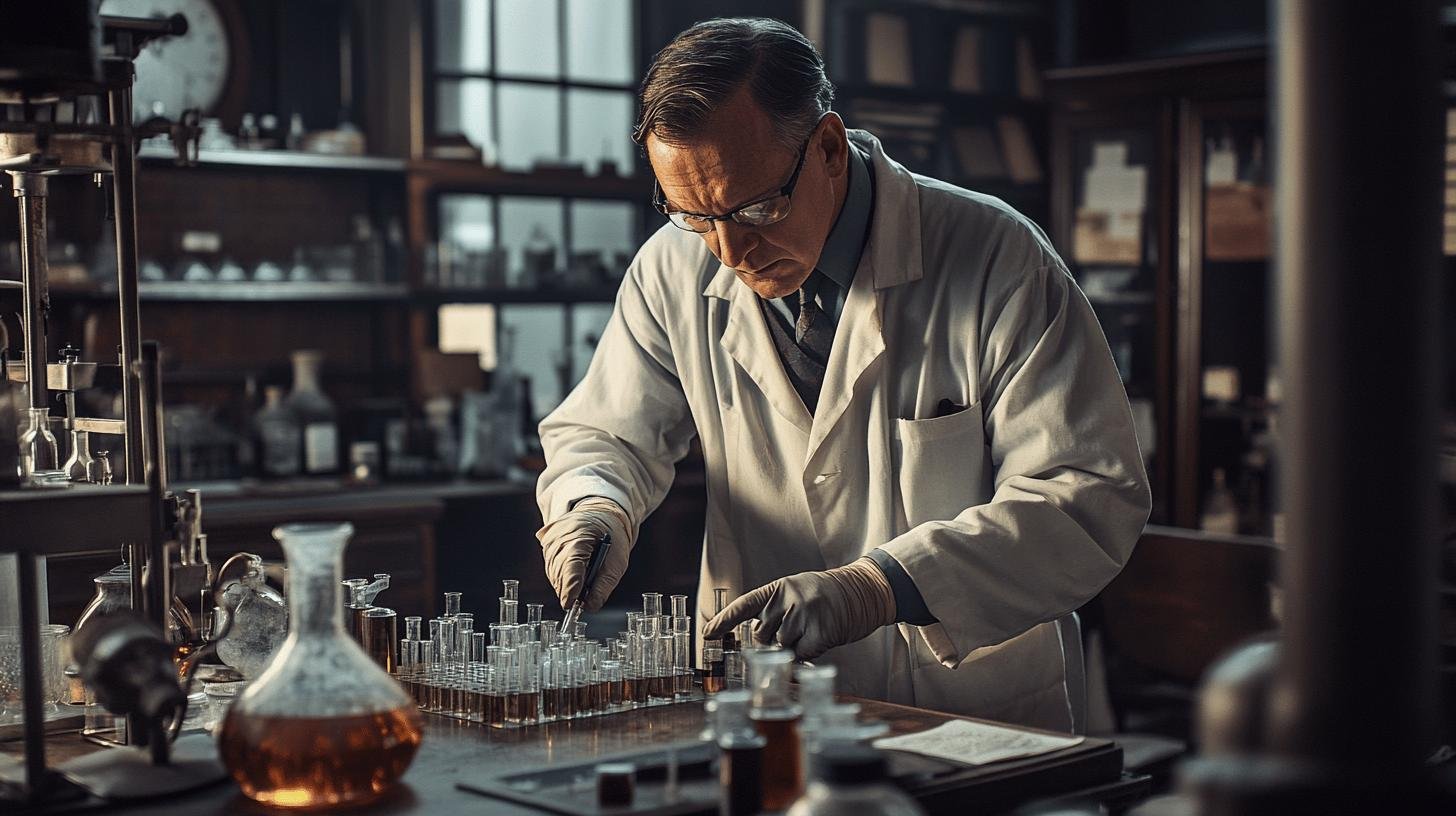
When was chemotherapy first used for cancer? It was in 1942, marking a key moment in medicine. Doctors used nitrogen mustard to treat lymphoma. Observing its effects on dividing cells, they applied it to cancer therapy. This was a big change from surgery and radiation to chemical treatments.
Nitrogen mustard proved effective in reducing tumors, starting a new era in treatment. Before this, options were limited and invasive. This success showed chemical agents could target cancer on a cellular level, leading to today’s advanced chemotherapy treatments.
| Year | Significant Event |
|——|———————————————————|
| 1942 | First use of nitrogen mustard in cancer treatment |
| 1946 | Formal recognition of nitrogen mustard’s potential |
| 1948 | Introduction of aminopterin for leukemia treatment |
Milestones in Chemotherapy’s Evolution
When did chemotherapy for cancer start? It began in the 1940s with alkylating agents like nitrogen mustard. These agents attacked lymphoma, launching chemical warfare against cancer. They worked by damaging DNA in fast-growing cancer cells, halting their growth.
In the 1950s and 1960s, chemotherapy advanced with methotrexate and 6-mercaptopurine. Methotrexate, first for leukemia, helped fight breast, head, and neck cancers. 6-mercaptopurine improved survival in childhood leukemia. These drugs expanded chemotherapy’s reach.
The 1970s saw the rise of combination chemotherapy, using multiple drugs for better outcomes. Platinum-based drugs like cisplatin changed treatment, especially for testicular and ovarian cancers, by inhibiting cell division.
Here’s a look at key chemotherapy drugs and their impact:
- Nitrogen Mustard: Pioneer in lymphoma treatment.
- Methotrexate: Opened doors to multiple cancer treatments.
- 6-Mercaptopurine: Boosted childhood leukemia outcomes.
- Cisplatin: Revolutionized testicular and ovarian cancer treatment.
- Vincristine: Key in combination therapies for leukemia.
These milestones show chemotherapy’s dynamic history, from single drugs to complex regimens saving lives today.
The Impact of Chemotherapy on Cancer Treatment
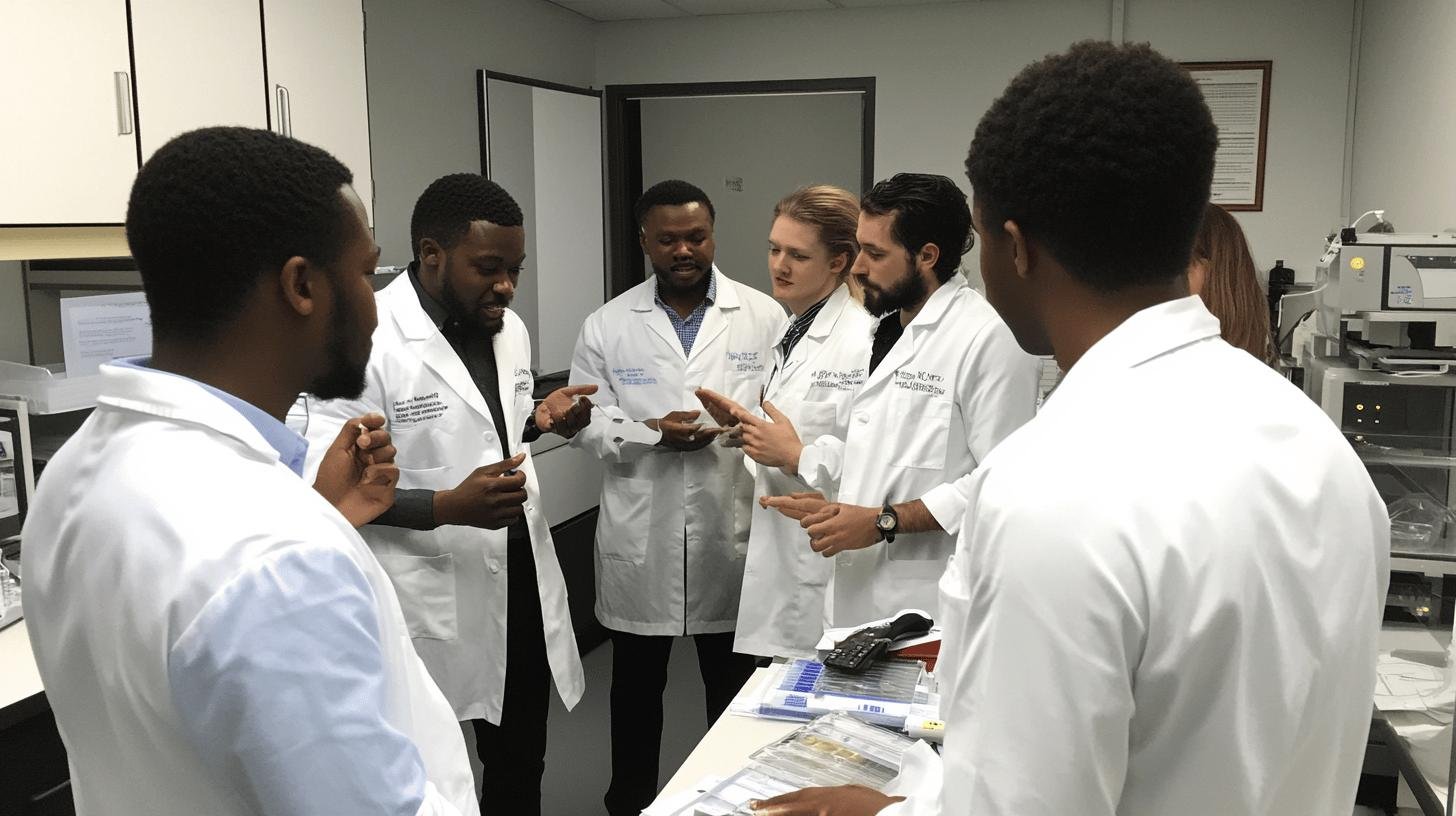
When did chemotherapy make a big impact? When it showcased its key abilities! Chemotherapy greatly improved survival rates and introduced new treatment strategies. As a potent weapon, it helps doctors fight cancer more effectively.
A major benefit is chemotherapy’s combined power with other treatments. Mixing chemotherapy, surgery, and radiation boosts success. This multi-angle approach raises the chance of beating cancer. It’s like having a dynamic duo—or trio.
But wait, there’s more! Targeted therapies and immunotherapy have elevated chemotherapy. They offer personalized care, tailoring treatments for each patient. This increases effectiveness and reduces side effects, like a custom-made suit in medical form.
| Cancer Type | Treatment Advancement |
|——————-|—————————————————-|
| Breast Cancer | Targeted therapies improving treatment outcomes |
| Leukemia | Combination therapies increasing survival rates |
| Ovarian Cancer | Platinum-based drugs enhancing treatment efficacy |
| Lung Cancer | Immunotherapy providing more personalized care |
Challenges and Side Effects of Chemotherapy
What are the worst side effects of chemotherapy? Nausea, fatigue, and hair loss lead the list. These effects affect both body and spirit, as chemotherapy attacks fast-dividing cells. However, it also affects other rapid growers, like hair and digestive tract cells, hence the side effects.
Long-term effects? Yes, they exist. Some face neuropathy, heart issues, or secondary cancers. Managing these is crucial for quality of life. Doctors are finding ways to reduce long-lasting impacts, balancing treatment effectiveness and health.
Let’s talk about minimizing side effects. New delivery systems aim to target cancer cells while sparing healthy ones, cutting toxicity. It’s like a smart bomb versus a carpet bomb. Supportive care, like anti-nausea meds or fatigue interventions, smooths the recovery path.
- Nausea: Anti-nausea meds can help.
- Fatigue: Light exercise might reduce it.
- Hair Loss: Cold caps can help reduce this.
- Neuropathy: Vitamins and therapy might ease it.
- Heart Problems: Monitoring and healthy lifestyles help.
- Secondary Cancers: Screenings and lifestyle changes assist in early detection.
The Role of Direct Primary Care in Supporting Chemotherapy Patients
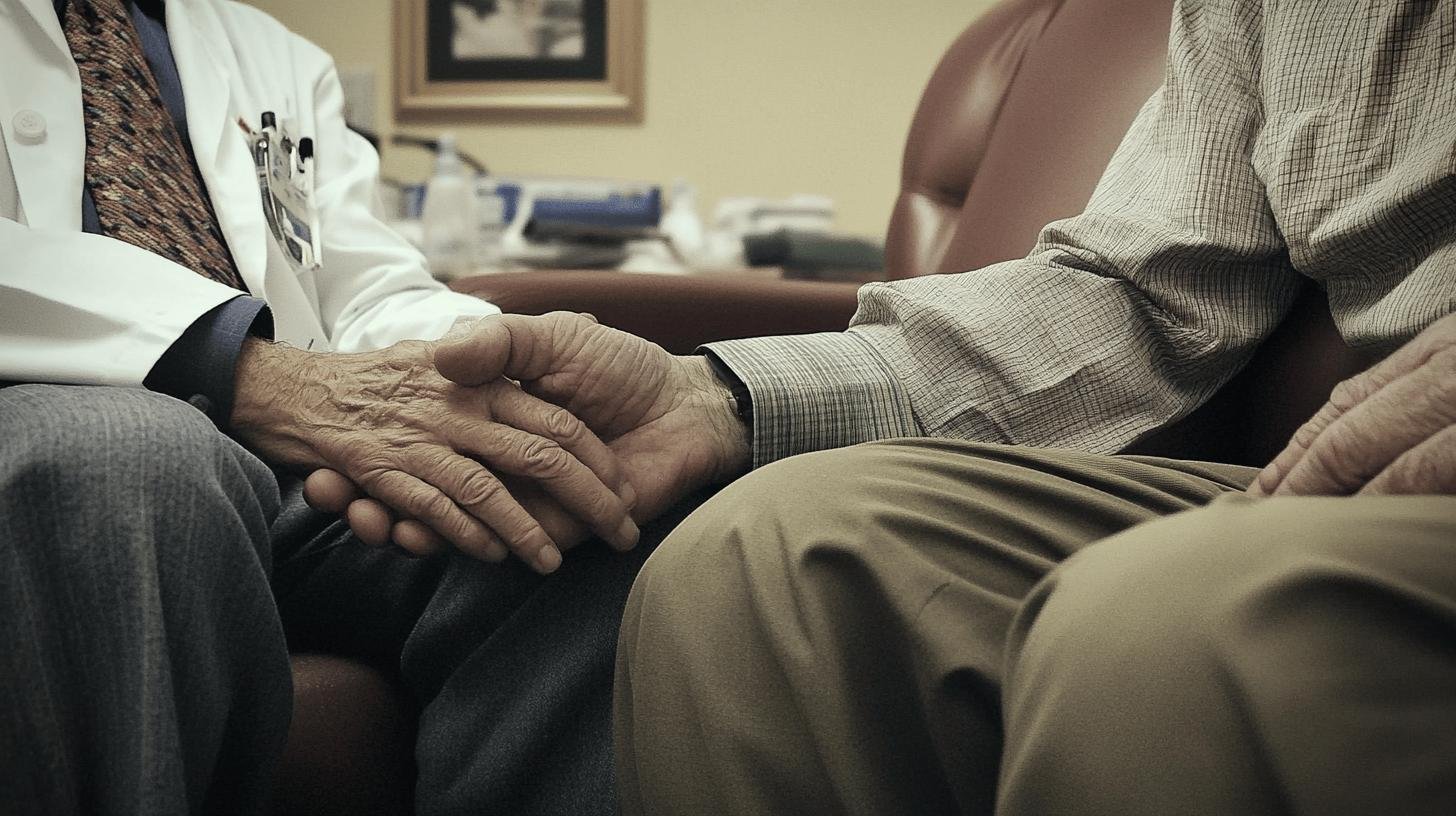
How can direct primary care (DPC) aid post-chemotherapy care? DPC acts like a healthcare sidekick, always ready to help. It focuses on personalized care without insurance hassles. Patients can talk openly with doctors about concerns and side effects. DPC creates a supportive space where patients feel heard and cared for.
How to prepare for chemotherapy with DPC? Being proactive and having a plan is key. DPC doctors spend time helping patients understand what to expect and how to prepare. It’s about cutting costs while enhancing outcomes with full support. With DPC, the recovery road is less bumpy, thanks to easy care access and a committed team.
- Personalized Care: Tailored advice and flexible appointments.
- Cost-Effectiveness: No insurance hassles and clear pricing.
- Holistic Support: Focus on both physical and emotional well-being.
Final Words
Jumping right into history, chemotherapy’s roots in the 20th century marked a shift from old-school treatments to innovative chemical therapies. We saw how mustard gas’s transformation into a cancer fighter ushered in a new era for oncology.
Dr. Sidney Farber and others paved the way, making chemotherapy a staple in healing.
When did chemotherapy for cancer start? It officially blew the doors open in 1942, changing how we battle cancer forever.
Chemotherapy’s story is one of evolution, triumphs, and, yes, challenges. Yet, thanks to continuous advancements, it remains a beacon of hope in the cancer treatment landscape—promising better days ahead for patients worldwide.
FAQ
What was the first approved chemotherapy drug in 1962?
The first approved chemotherapy drug in 1962 was methotrexate. It was significant in the treatment of cancer, especially leukemia, and marked an advancement in cancer therapy options.
When was chemotherapy first used for breast cancer?
Chemotherapy was first used for breast cancer treatment in the 1950s. It became more refined and effective over time, significantly improving patient outcomes.
How has chemotherapy evolved over the years?
Chemotherapy has evolved with the development of new drug classes, combination therapies, and targeted treatments. Advances in understanding cancer biology have enhanced its precision and effectiveness.
When did chemotherapy become a treatment for cancer?
Chemotherapy became a treatment for cancer in the early 1940s. Nitrogen mustard was the first chemical used to treat lymphoma, ushering in the era of chemotherapy.
How was cancer treated in the 1960s?
In the 1960s, cancer treatment primarily involved surgery and radiation. Chemotherapy was beginning to emerge as a promising option but was still in its infancy.
How did people treat cancer before chemotherapy?
Before chemotherapy, cancer was mainly treated with surgery and radiation. These were the primary methods until chemotherapy introduced new possibilities in the 1940s.
Did they have chemotherapy in the 70s?
Yes, chemotherapy was available in the 1970s. This decade saw the introduction of combination therapies and drugs like cisplatin that expanded treatment options.
